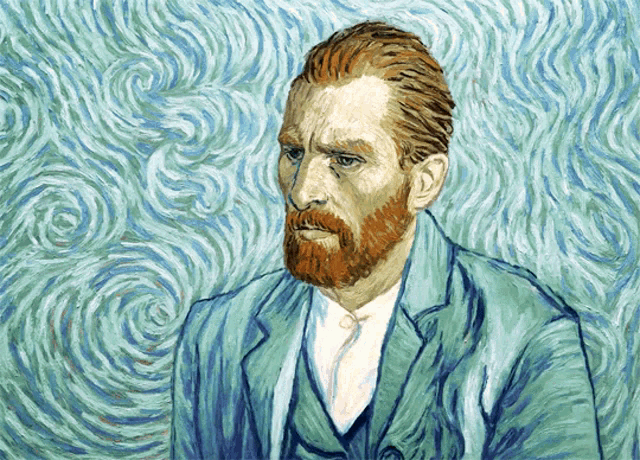Soundpaintings
A collection of musical stories related to painting, a journey where colors become sounds and sounds become colors.
Una raccolta di racconti musicali riferiti alla pittura, un viaggio dove il colore diventa suono e il suono diventa colore.
BANKSY
GAUGUIN PAUL
MONET CLAUDE
ROTHKO MARK
SCHIELE EGON
VAN GOGH VINCENT
WARHOL ANDY



